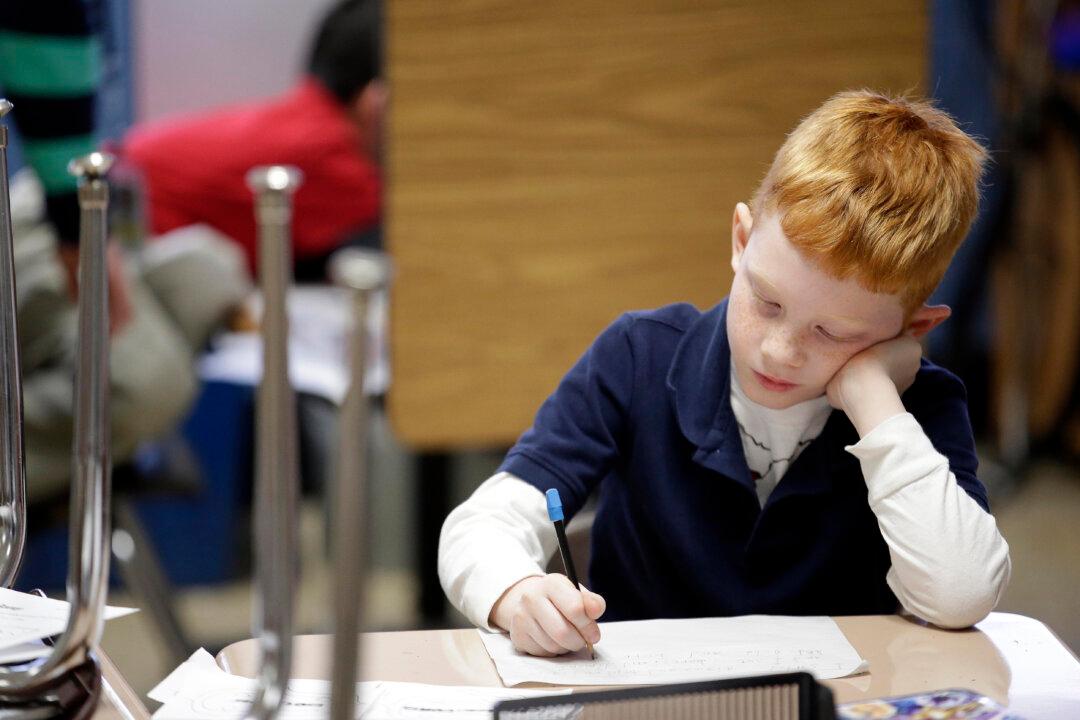NEW YORK—April Rose teaches at P.S. 132, an elementary school in Springfield Gardens, Queens. She spoke with enthusiasm about the last round of education reforms hitting her classroom after an August education forum. Some may have worried about her third-graders facing their first standardized tests last April, but she exuded confidence.
“They really took it in stride,” she said. “They were ready to learn.”
At first she doubted why the new standards she’s required to apply to her teaching methods, the Common Core State Standards, put so much emphasis on nonfictional texts, like newspaper or magazine clips, but she found her pupils could tackle the complexity of the texts because the subjects actually sparked their interest.
And there was more. “They loved the discussion aspect,” she said. “Explaining not only in reading, but explaining how they figured out things in math.”
“All of these ideas that are coming through because of Common Core, I think they really embraced that,” she said, acknowledging the new standards were tougher and helped both her and her students to step up.






